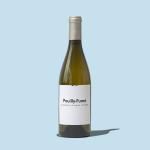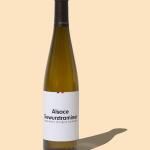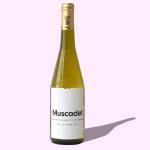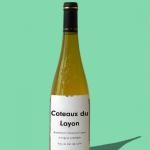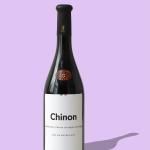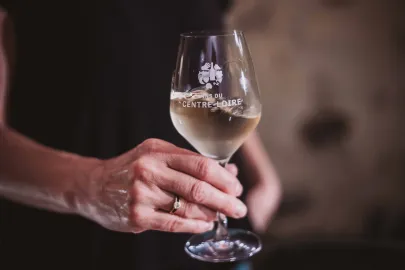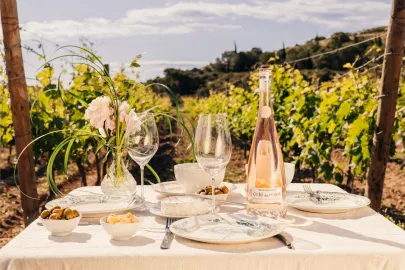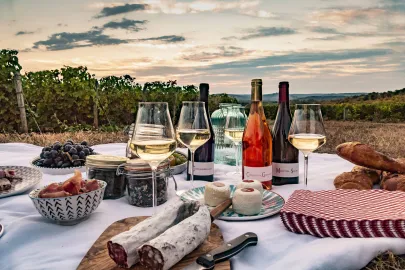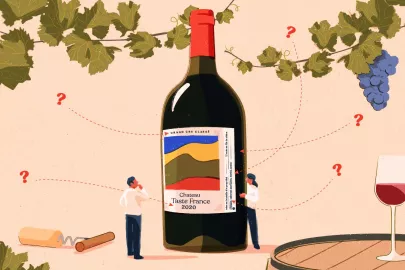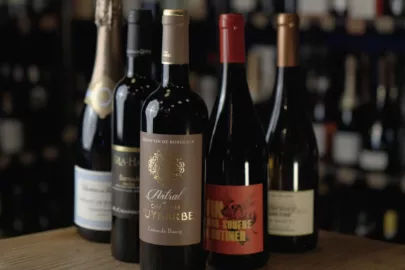Recently, I’ve been looking through my library to find my oldest books on wine so I can compare them to the newest ones in my collection. One point stands out —words that were once completely ignored can now be found on every other page, starting with biodiversity and agroforestry. A sign of the changing times.
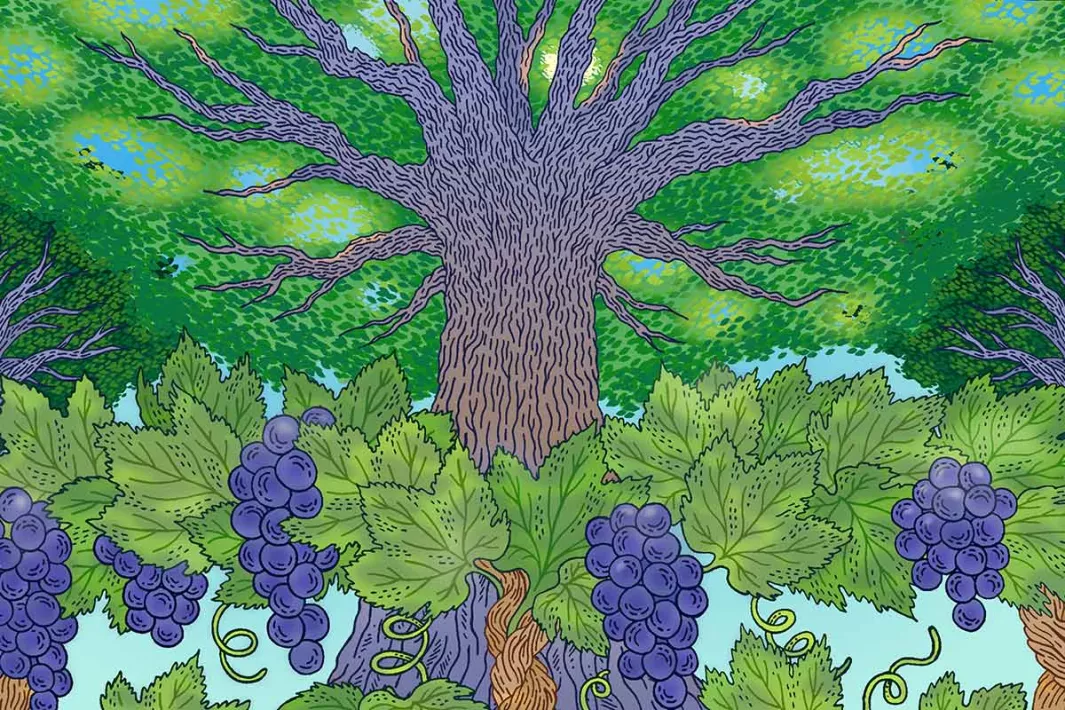
In this article
The reason why authors are taking the time to include these terms in their glossaries is because winemakers are using them more and more often. This shift is a sign of a true conviction. Like many monocultures, wine growing comes with its list of challenges, including a complete imbalance of the overall environment, the disappearance of certain species, the faster spread of disease, and more. In response, a growing number of winemakers are planting hedges around their plots—and even planting trees right in the middle! Their goal is to promote beneficial biodiversity, which in turn helps their grapes. Such an approach offers many advantages. The added vegetation plays a key role in limiting erosion. Along steep hillsides, strong rains can sometimes wash away the soil, leaving the vine stock exposed. Strategically placed trees and hedges prevent this from happening. Vegetation also affects the vineyard’s microclimate. The shade it creates protects the vines from baking under the hot sun. In some regions that experience severe winds, such as the northern Tramontane wind in Roussillon, these plantings also reduce their severity and the damage they can cause. They also have a positive impact on the structure of the soil through the biomass produced by the different types of plants that are added to the vineyards. That same biomass provides a habitat for a diverse range of fauna, including predators that feed on pests that attack the vines. Take the bat, for example, which eats grapevine moths once they’ve emerged from their cocoons. Its “sonar” system needs an obstacle, like slightly higher vegetation, to create an echo and direct the bat towards the destructive moth!
Any impulse to label organic farming as a trend or passing fashion is a misunderstanding of the profound change it requires. The same can be said for agroforestry and biodiversity. Practicing the first and promoting the second takes commitment and careful, thorough attention to detail, especially when applying them to each terroir. Questions abound—whether to plant around plots or inside them, whether to plant individual trees or entire rows, whether to plant one variety over another, and more. Answering these questions, as well as others, is not something that should be done offhand. Rather, it is a project meant to be tackled over the long term.
Contributor

Editor

